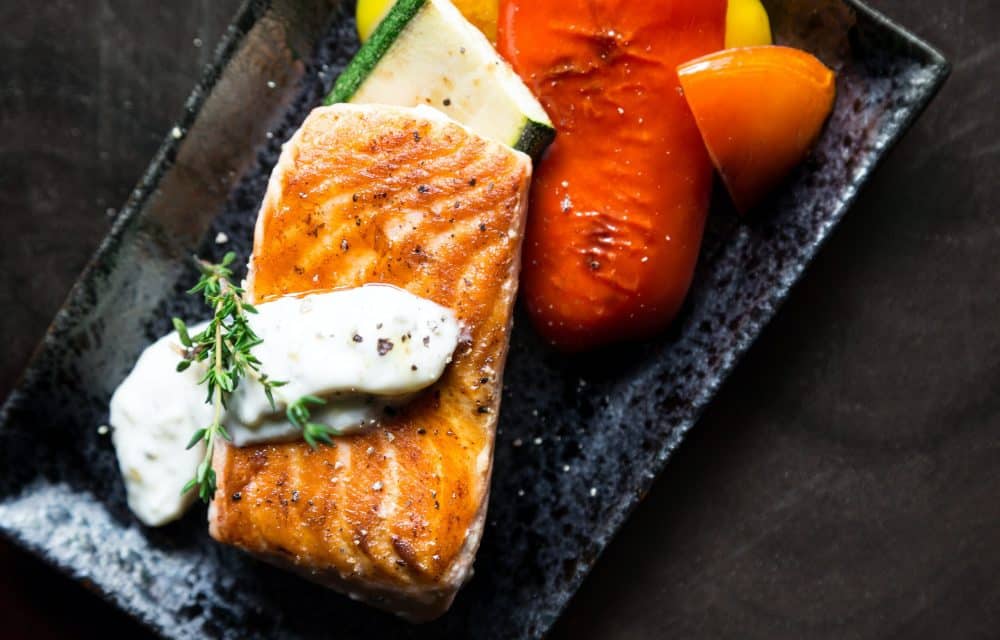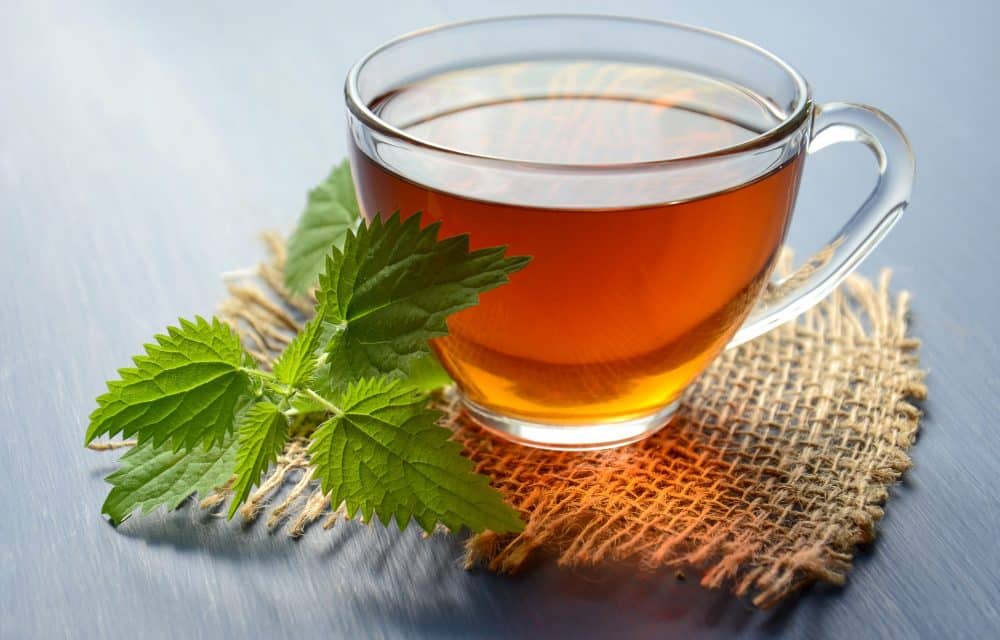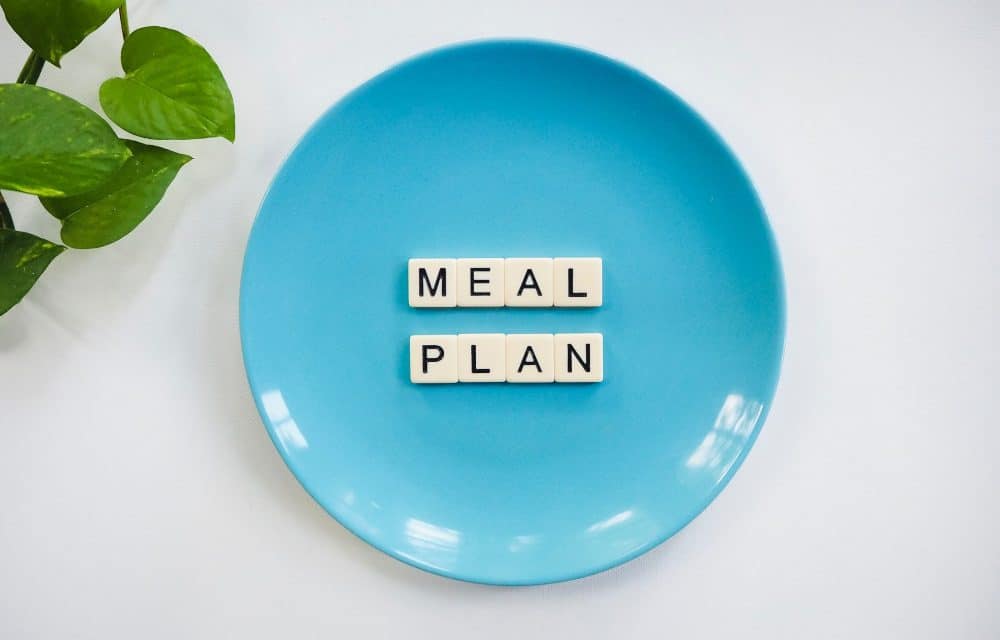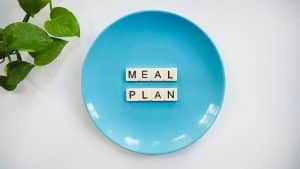Favorite Health Food Stores
 I am writing this blog because so many clients ask about the best health food stores and want information on where to go. You’ll really be surprised at my answer. Any grocery with an organic fruits, vegetables and meat selection are the best places for health foods. I love the organic section, but it’s not necessary to buy only organic fruit and vegetables. Food on the Clean 15 list are relatively free from pesticides, so choosing non organic avocados, sweet corn, pineapple, frozen sweet peas, onions, papaya, eggplant, cauliflower, mushrooms, asparagus, cantaloupe, broccoli, kiwi, honey dew melon and cabbage will save you money.
I am writing this blog because so many clients ask about the best health food stores and want information on where to go. You’ll really be surprised at my answer. Any grocery with an organic fruits, vegetables and meat selection are the best places for health foods. I love the organic section, but it’s not necessary to buy only organic fruit and vegetables. Food on the Clean 15 list are relatively free from pesticides, so choosing non organic avocados, sweet corn, pineapple, frozen sweet peas, onions, papaya, eggplant, cauliflower, mushrooms, asparagus, cantaloupe, broccoli, kiwi, honey dew melon and cabbage will save you money.
Organic meat, eggs from free-range chickens and butter or milk from grassfed cows are also a high priority.
You might have expected a different answer, but any store that sells these products gets an honorable mention from me. What the animals eat makes a difference. Butter from grassfed cows actually has more nutrients, including conjugated linoleic acid, which is good for heart health. Eggs from free-range chickens have more vitamin D and less cholesterol. Organic meat doesn’t contain hormones and let’s not forget choosing sea food and fish from wild sources.
Go to local Farmer’s Markets for in season fruits and vegetables.
If you want to get food at it’s peak, choose local options. Another source of health food is the Farmer’s Market. Local farmers, particularly those that do organic farming, provide healthy options for all meals. You get to talk to each vendor and get a feel on how they farm and whether they use pesticides. Remember, the healthiest options always contain the least amount of ingredients and no preservatives or pesticides. So starting with fresh fruits and vegetables from locally grown sources is a great idea.
Look for whole food markets and natural food markets for a good selection.
I don’t want to name specific markets, since I like all the local whole food stores and natural markets around and go to several of them, particularly when items are on sale. Some of the healthiest stores I go to actually have some lower prices than you might expect. I focus more on whole foods than nutritional supplements, unless you have a special need that requires supplementing nutrition, such as not digesting food as well.
- We’re lucky enough to have many groceries and whole food markets dedicated to healthy eating, but also several healthy options for a dinner or lunch out. If you’re going out to eat, look for natural food options.
- If you do meal planning, you’ll save money. It is often a savings that’s more than the extra you spend buying organic.
- Grow your own. Some people have a chicken or two for eggs. Others don’t want to be that involved, but raise a garden. Just one tomato plant in a tub can provide both satisfaction and tomatoes for meals.
- Shop where you can buy whole foods in bulk. You’ll save money and time getting some ingredients in bulk. If you’re near a pick-your-own farm, it’s a money saving way to get healthy ingredients and have some family fun picking.
For more information, contact us today at Body Sculptors Personal Training



 If you’ve just started focus on eating healthier, you’ll often find salmon, more than any other fish. Why is that? What makes salmon so healthy? First, most fatty fish are healthy, they have high amounts of omega-3 fatty acids, which are known to play an important role in the health of the brain and heart. These fish include salmon, lake trout, sardines and albacore tuna. Some fatty fish, such as swordfish, shark, king mackerel and tilefish, have the potential for high levels of mercury
If you’ve just started focus on eating healthier, you’ll often find salmon, more than any other fish. Why is that? What makes salmon so healthy? First, most fatty fish are healthy, they have high amounts of omega-3 fatty acids, which are known to play an important role in the health of the brain and heart. These fish include salmon, lake trout, sardines and albacore tuna. Some fatty fish, such as swordfish, shark, king mackerel and tilefish, have the potential for high levels of mercury
 Everyone has coped differently during the quarantine, unfortunately, many people found their coping skills wanting and didn’t make the best use of time. It’s tough stay physically and mentally healthy when you’re stuck at home unless you have a plan of action. While you thought you’d get a lot done with all the time from work, you may have found that the only thing you accomplished was putting on weight. Here are some ideas to help if you find you have free time and are stuck at home.
Everyone has coped differently during the quarantine, unfortunately, many people found their coping skills wanting and didn’t make the best use of time. It’s tough stay physically and mentally healthy when you’re stuck at home unless you have a plan of action. While you thought you’d get a lot done with all the time from work, you may have found that the only thing you accomplished was putting on weight. Here are some ideas to help if you find you have free time and are stuck at home.
 You can help yourself and make your food even better when you add calming herb and spices to fight anxiety. While clients who workout at Body Sculptors in Louisville, KY, often find that working out helps, sometimes you need even more. That’s where eating right and adding a few extra herbs and spices to your food can be a huge benefit. Best of all, herbs and spices add health benefits and don’t add extra calories.
You can help yourself and make your food even better when you add calming herb and spices to fight anxiety. While clients who workout at Body Sculptors in Louisville, KY, often find that working out helps, sometimes you need even more. That’s where eating right and adding a few extra herbs and spices to your food can be a huge benefit. Best of all, herbs and spices add health benefits and don’t add extra calories.
 If you’ve ever tried to create a workout program on your own, you’ll find there are hundreds of different exercises and many different ways to do them to reap benefits. It can be confusing, which is why we provide the programs live or online. We make sure you get variety in workouts for several reasons. The first is easy. It prevents the boredom that can occur when you do the same workout repeatedly. You simply go through the motions after four to six weeks and eventually that boredom will make it harder and harder to workout, until eventually you quit.
If you’ve ever tried to create a workout program on your own, you’ll find there are hundreds of different exercises and many different ways to do them to reap benefits. It can be confusing, which is why we provide the programs live or online. We make sure you get variety in workouts for several reasons. The first is easy. It prevents the boredom that can occur when you do the same workout repeatedly. You simply go through the motions after four to six weeks and eventually that boredom will make it harder and harder to workout, until eventually you quit.
 Whether you’re working out with us at Body Sculptors in Louisville, KY, or using our online workout program, you have to be consistent and get the right amount of exercise to ensure you get the benefits you want. How much is enough each week? You need to get approximately 150 to 300 minutes of moderate cardio per week or 75 to 150 minutes if it’s vigorous, according to the US Department of Health and Human Services. That’s about 30 to 60 minutes of moderate cardio five days a week or 15 to 30 minutes of vigorous exercise.
Whether you’re working out with us at Body Sculptors in Louisville, KY, or using our online workout program, you have to be consistent and get the right amount of exercise to ensure you get the benefits you want. How much is enough each week? You need to get approximately 150 to 300 minutes of moderate cardio per week or 75 to 150 minutes if it’s vigorous, according to the US Department of Health and Human Services. That’s about 30 to 60 minutes of moderate cardio five days a week or 15 to 30 minutes of vigorous exercise.
 Have you ever had a food journal, or even heard of keeping one? If you haven’t, you’d be surprised at how this simple tool can really help you lose weight. People sometimes eat mindlessly, a handful of M&Ms as you pass the candy bowl, that last cookie on the plate so you can wash it and far more than one serving size of dinner, even though you considered it one serving. Keeping a food journal used to require carrying around a paper and pad, but with Smartphones today, your memo section or voice recording makes it easy to transfer to a journal at the end of the day.
Have you ever had a food journal, or even heard of keeping one? If you haven’t, you’d be surprised at how this simple tool can really help you lose weight. People sometimes eat mindlessly, a handful of M&Ms as you pass the candy bowl, that last cookie on the plate so you can wash it and far more than one serving size of dinner, even though you considered it one serving. Keeping a food journal used to require carrying around a paper and pad, but with Smartphones today, your memo section or voice recording makes it easy to transfer to a journal at the end of the day.
 What is meal planning? It’s more than just planning meals ahead. It’s cooking them ahead, too. It’s a process that not only can save time during the week, but also ensure you are eating nutritious meals that are lower in calories. Meal planning can save you money, while it also boosts your nutrition. Eating healthy doesn’t have to cost a fortune or require hours of cooking at the end of the day and meal planning proves it.
What is meal planning? It’s more than just planning meals ahead. It’s cooking them ahead, too. It’s a process that not only can save time during the week, but also ensure you are eating nutritious meals that are lower in calories. Meal planning can save you money, while it also boosts your nutrition. Eating healthy doesn’t have to cost a fortune or require hours of cooking at the end of the day and meal planning proves it.
 We love working with people of all ages at Body Sculptors in Louisville, KY. While it’s satisfying, no matter what your age, it’s particularly enjoyable to watch seniors. We can help you stay healthy and fit as you get older. Aging doesn’t have to sentence you to a rocking chair or limit your energy. You can be more mobile and self-sufficient no matter what your age if you practice healthy habits. You do have more of a challenge the older you get, since the body doesn’t produce as many enzymes for digestion and muscle tissue breaks down faster. That may make it harder, but definitely not impossible.
We love working with people of all ages at Body Sculptors in Louisville, KY. While it’s satisfying, no matter what your age, it’s particularly enjoyable to watch seniors. We can help you stay healthy and fit as you get older. Aging doesn’t have to sentence you to a rocking chair or limit your energy. You can be more mobile and self-sufficient no matter what your age if you practice healthy habits. You do have more of a challenge the older you get, since the body doesn’t produce as many enzymes for digestion and muscle tissue breaks down faster. That may make it harder, but definitely not impossible.